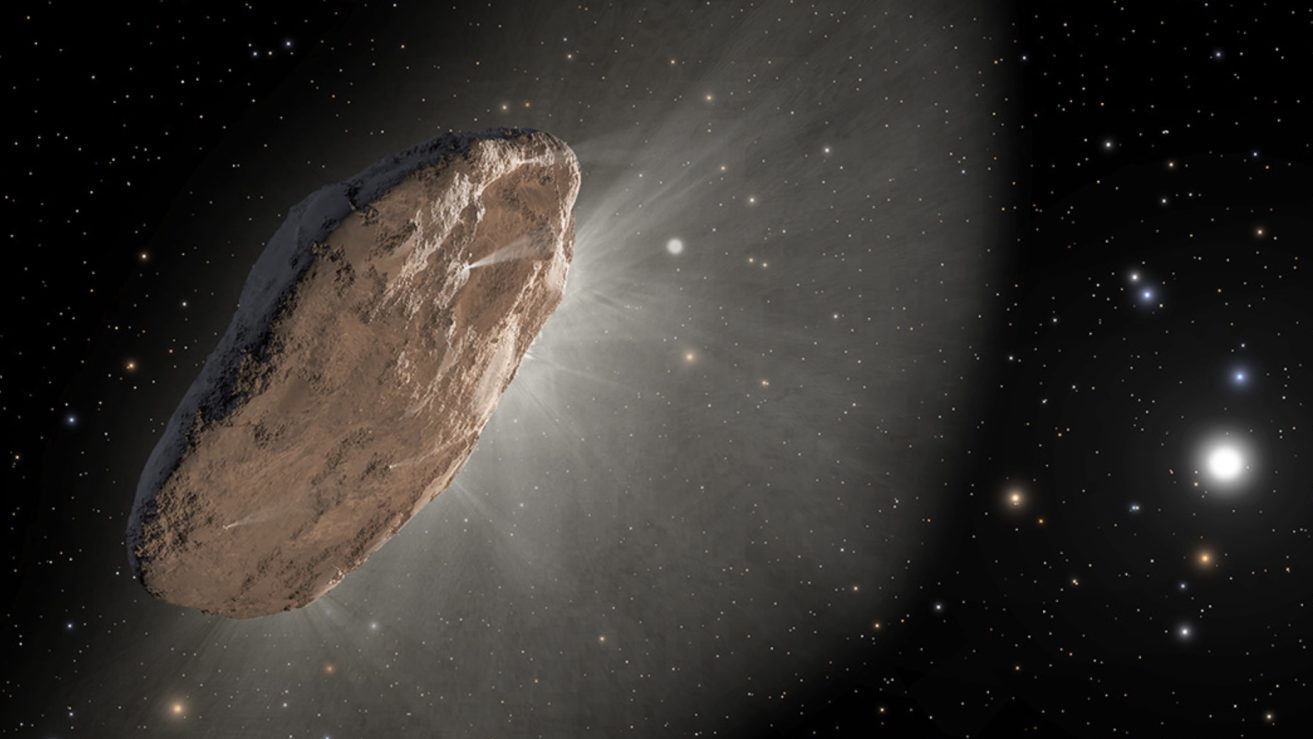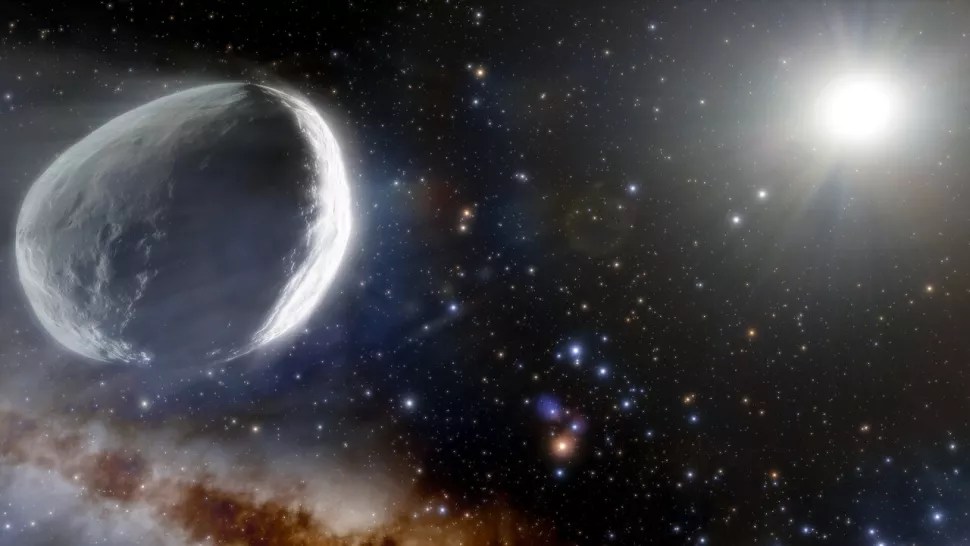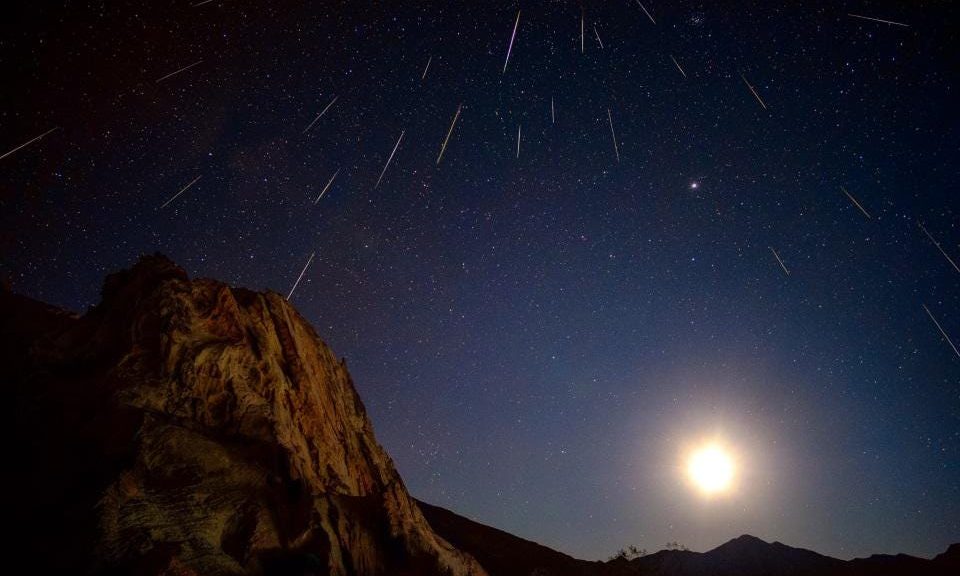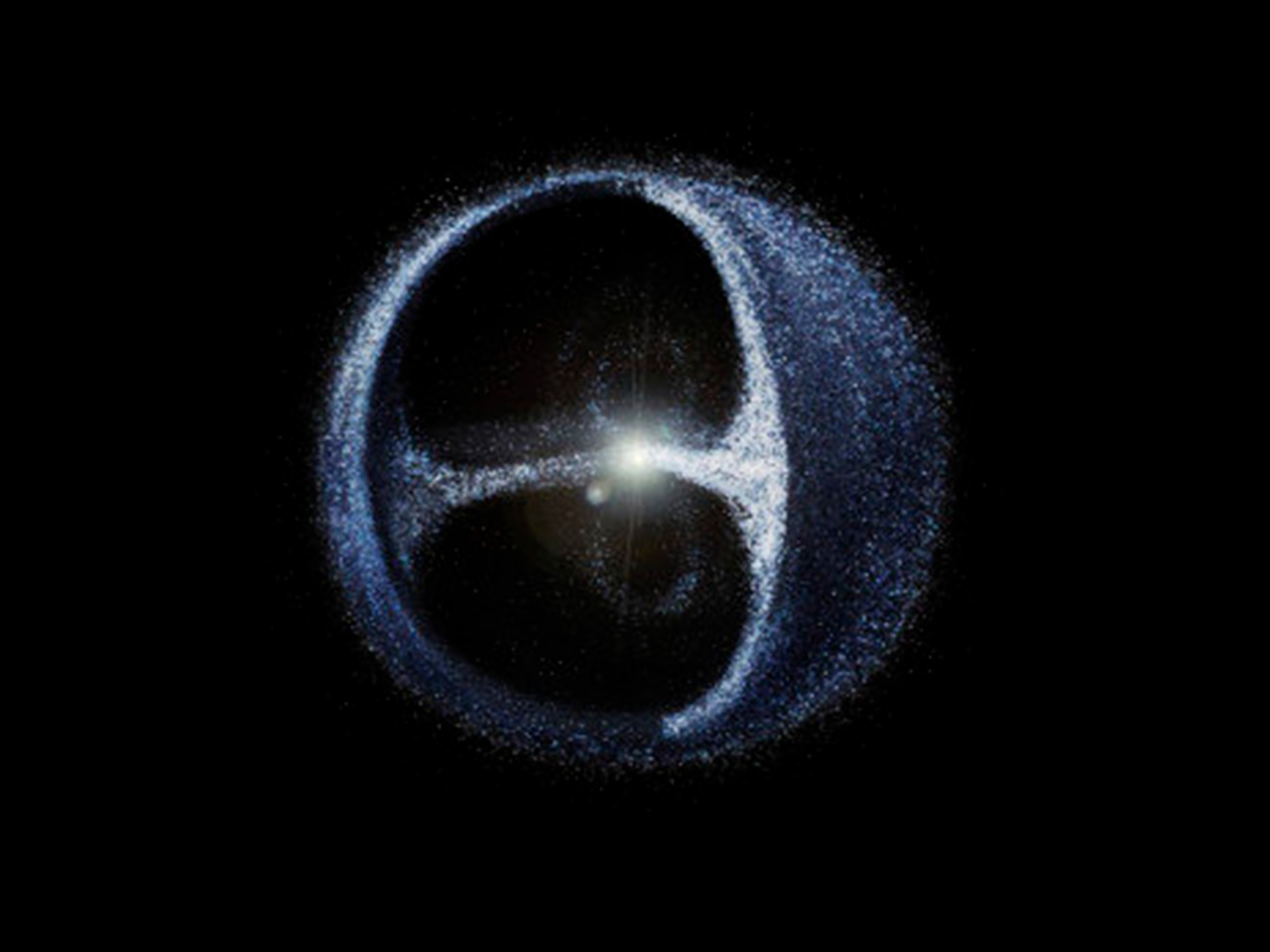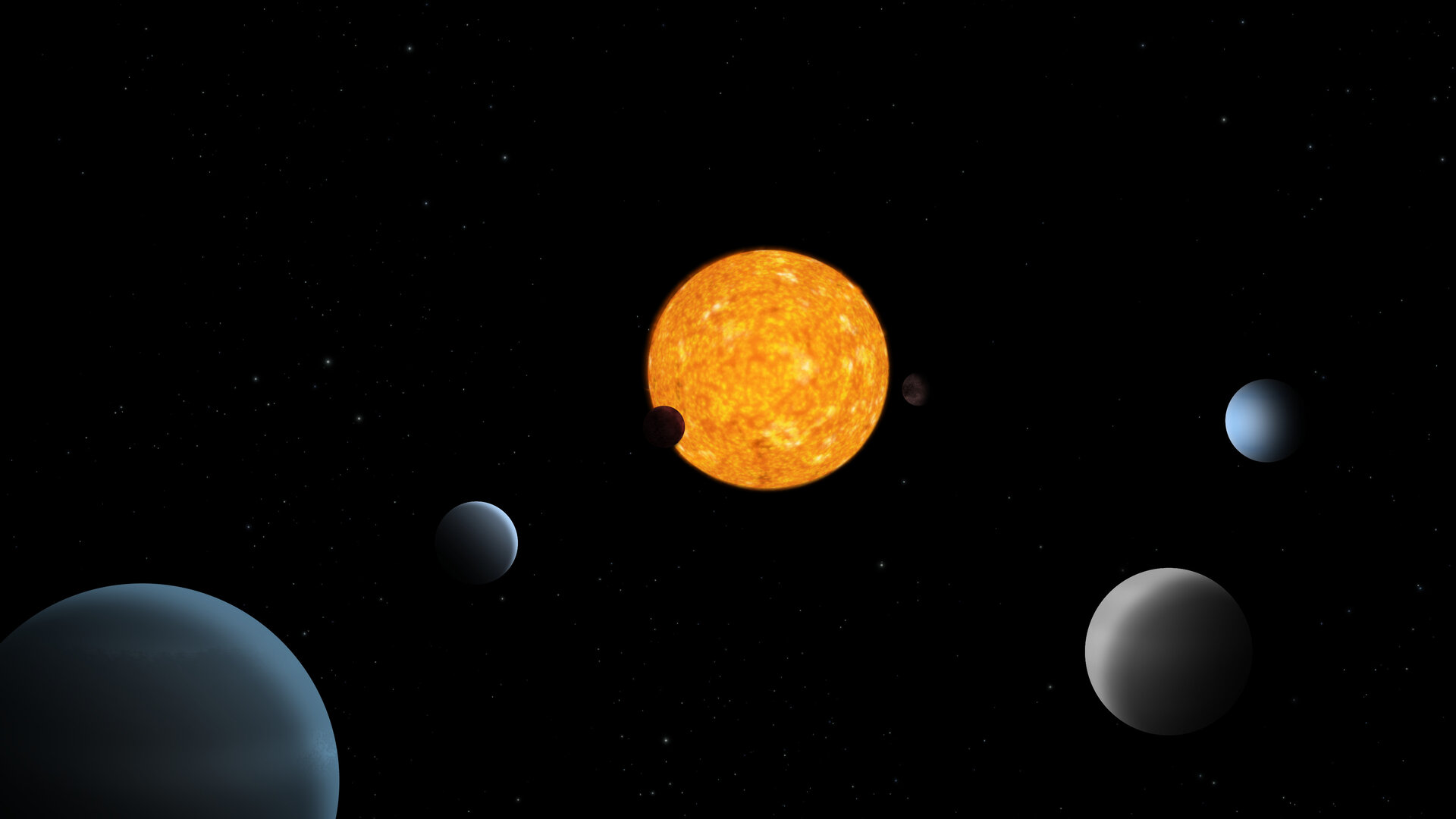Mostly Mute Monday: A Comet Comes Alive!
As comets approach near the Sun, they develop tails. Watch it happen.
“In the year 1456 … a Comet was seen passing Retrograde between the Earth and the sun… Hence I dare venture to foretell, that it will return again in the year 1758.” –Edmond Halley
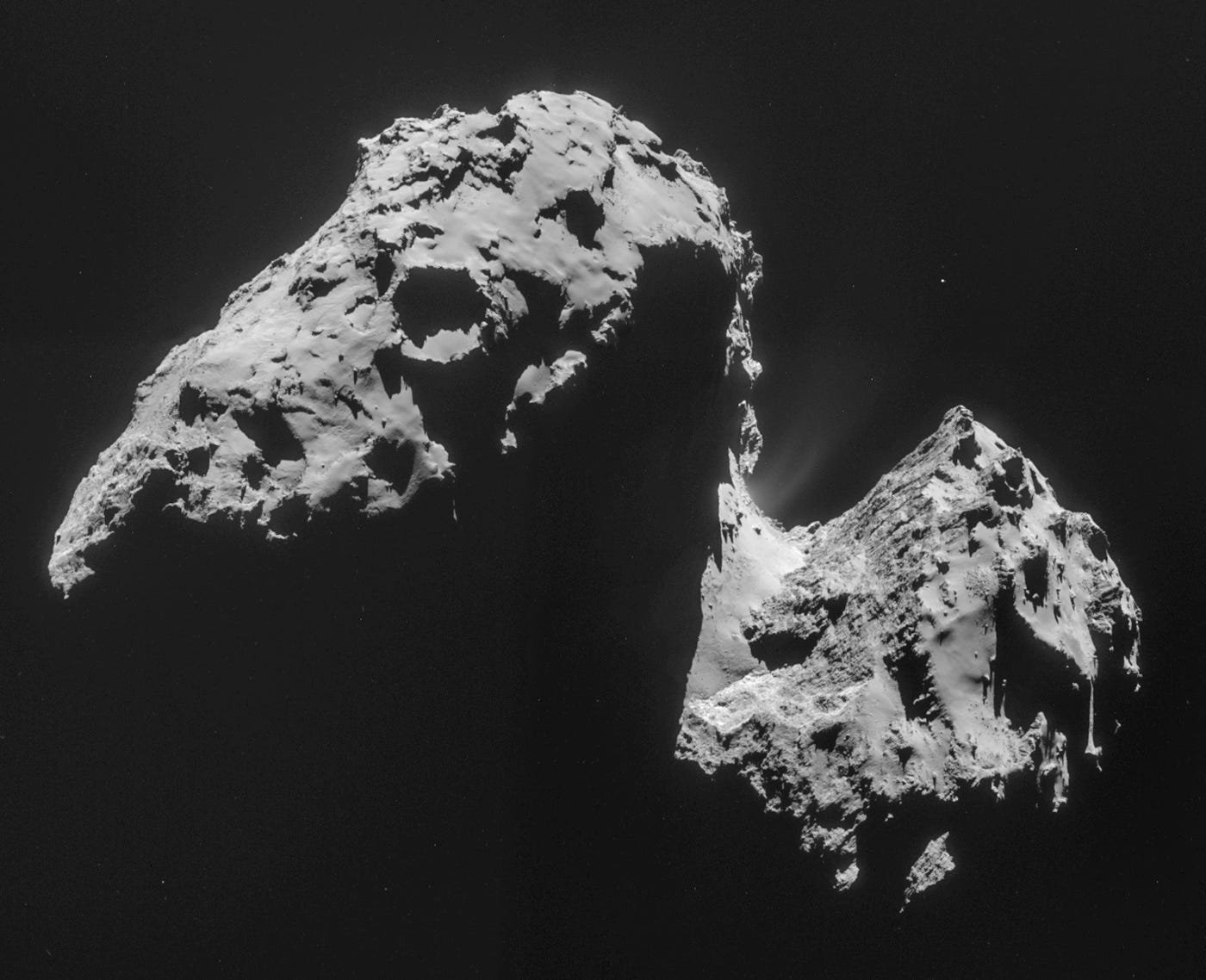
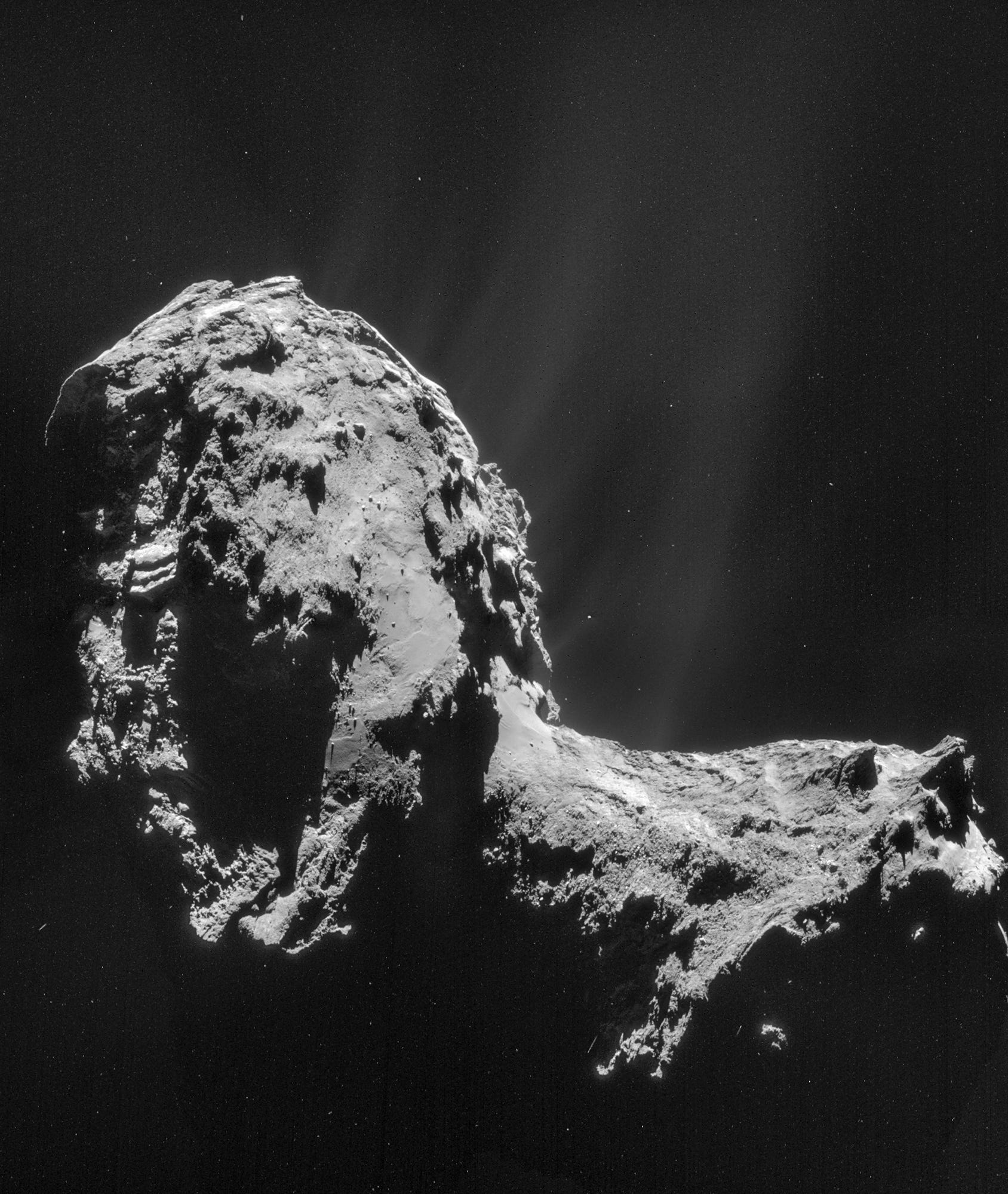
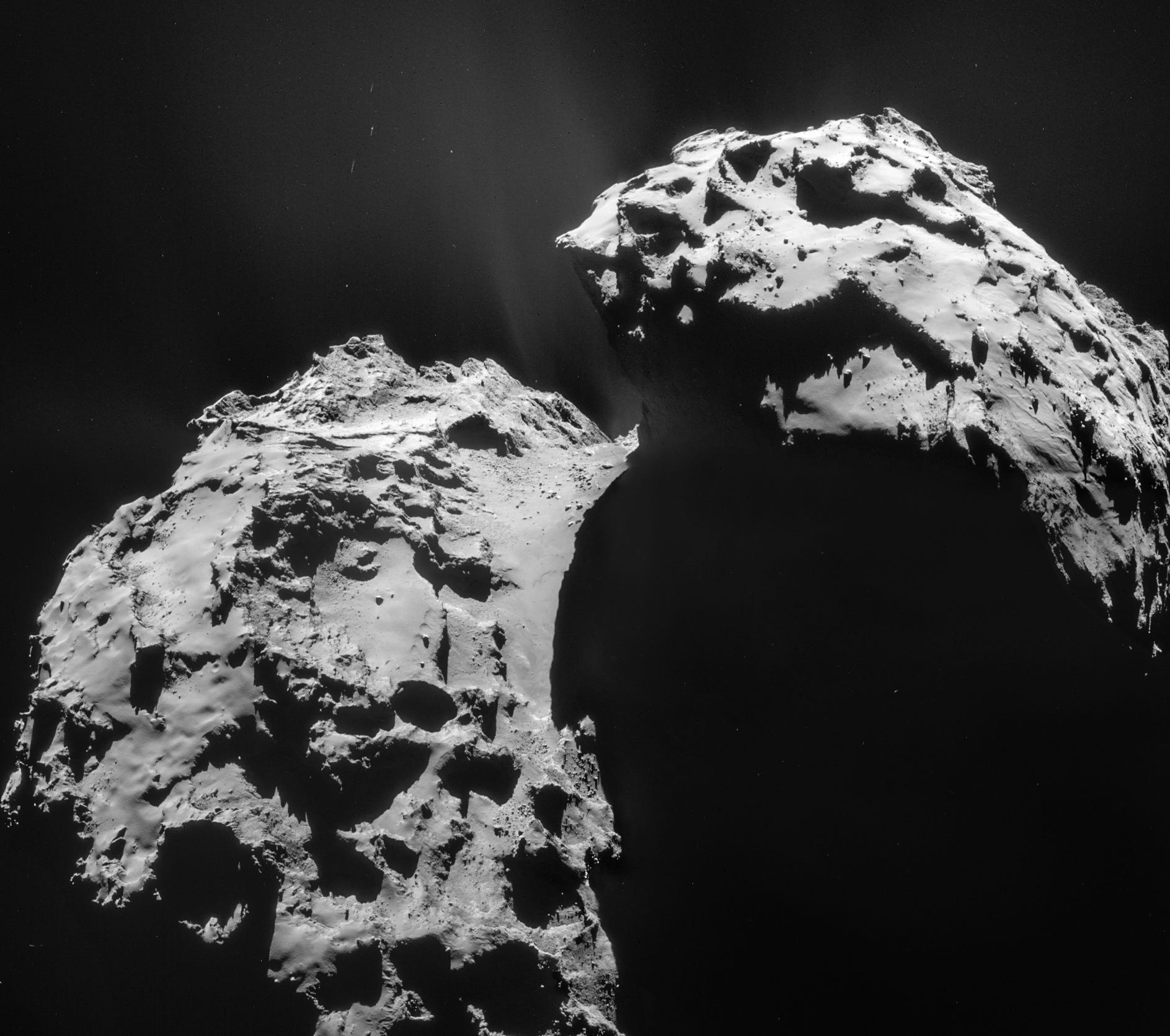
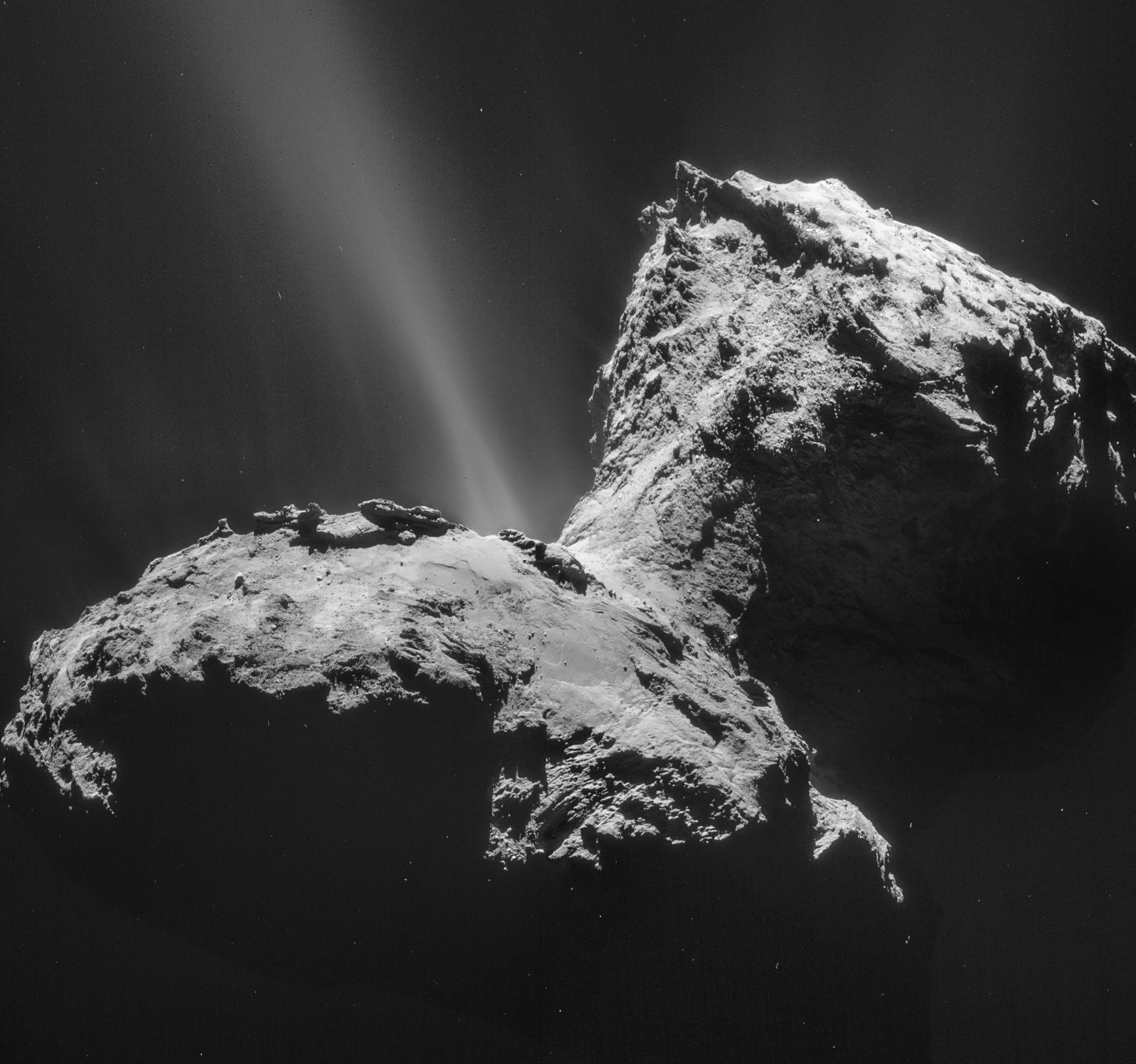
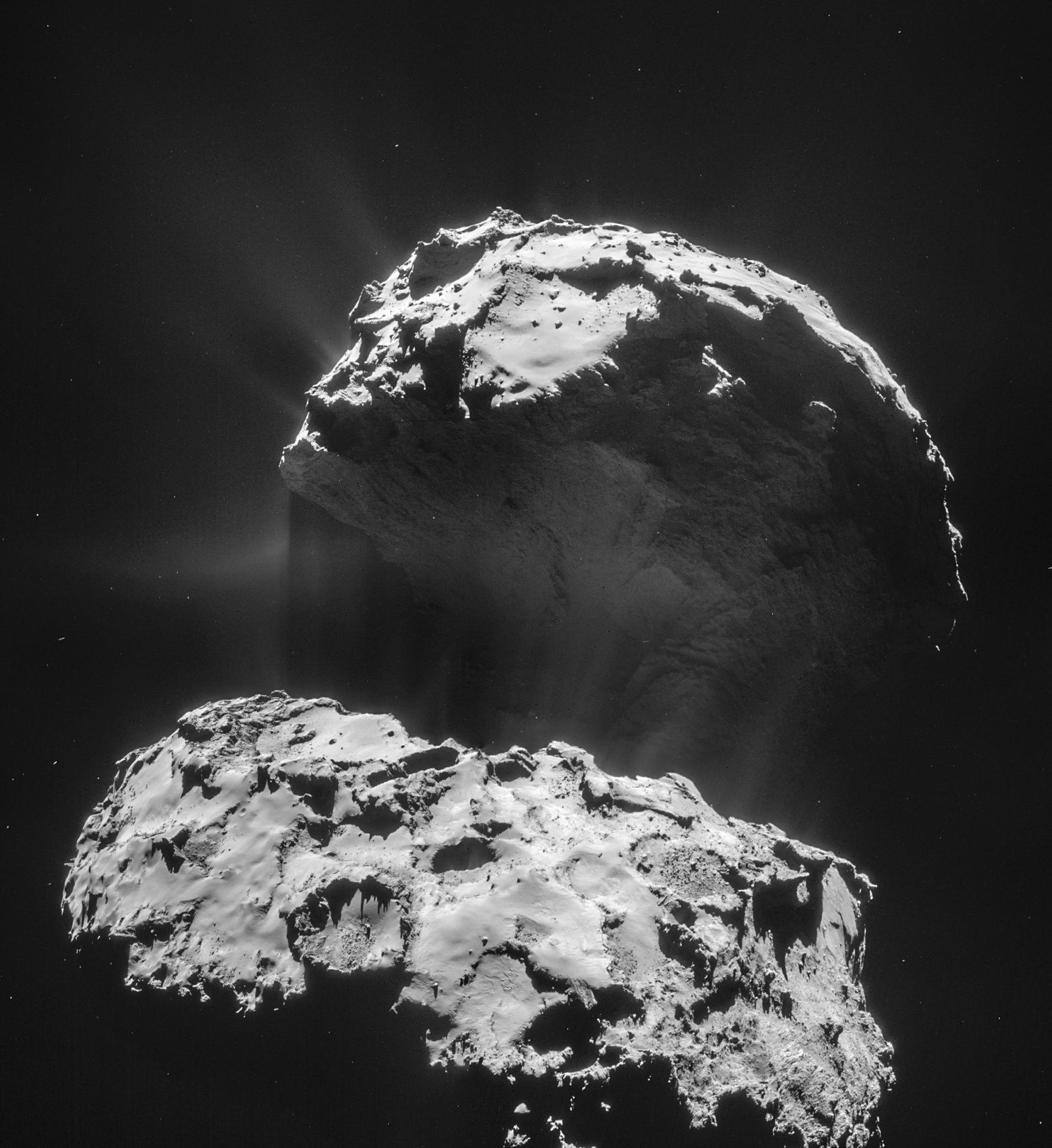
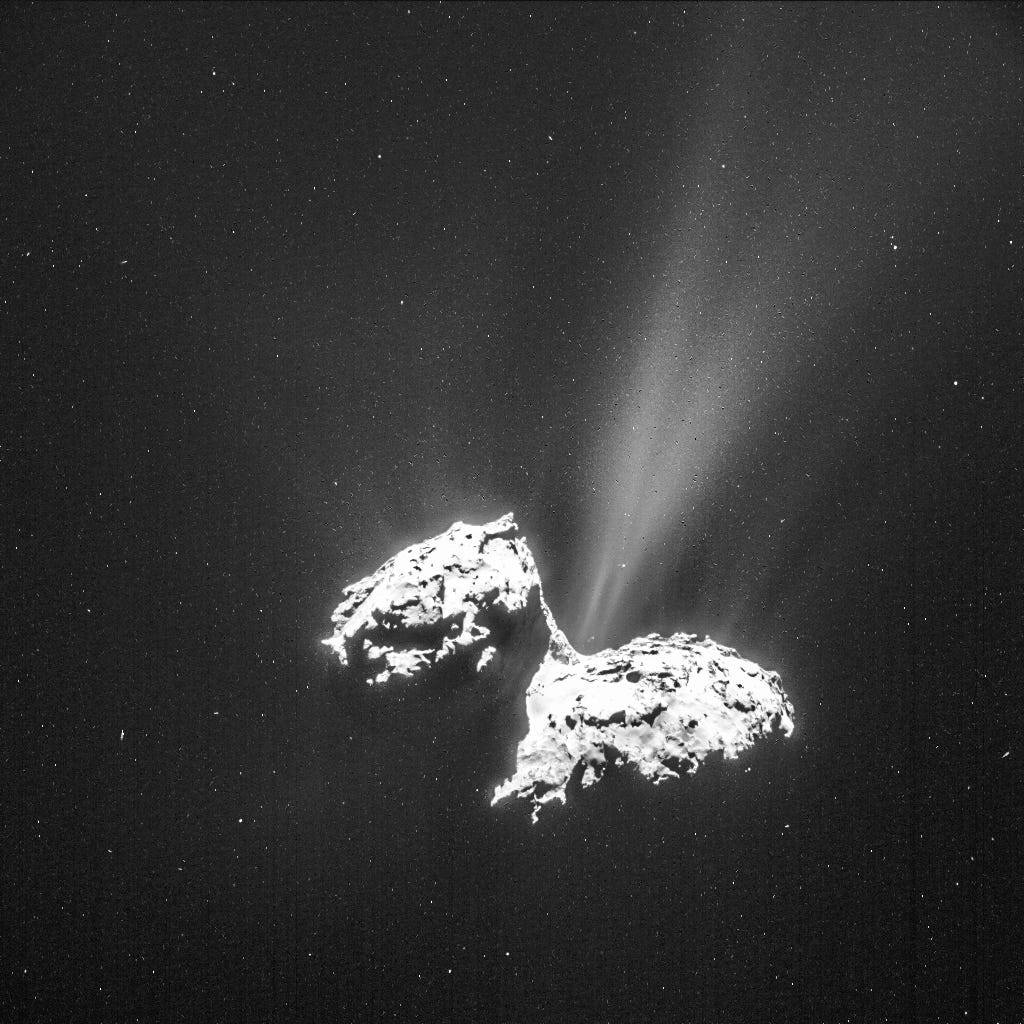

The images and mosaics above, taken by the Rosetta Mission’s Navigation Camera (NAVCAM), highlight the increased emission activity of Comet 67P/Churyumov-Gerasimenko. Since arriving at the comet in August, 2014, Rosetta has witnessed a tremendous increase in the amount of dust being blown off from the nucleus thanks to heating from the Sun. As the comet continues to approach the Sun as the months go on, two distinct tails — one of dust and one of ions — will develop, intensifying in magnitude and size thanks to both the increased solar flux and the accompanying increase in velocity. Originating from the Kuiper belt and with a density less than half that of liquid water, Rosetta is now the first spacecraft to observe a comet in the act of becoming active. The ESA’s Rosetta blog will continue to release updated pictures and information as they become available.
Below, the OSIRIS team of Rosetta has released two images — one from September, 2014 and one from November, 2014 — that illustrate the tremendous increase in solar stripping of dust from the comet occurring over the period of only a few short months.
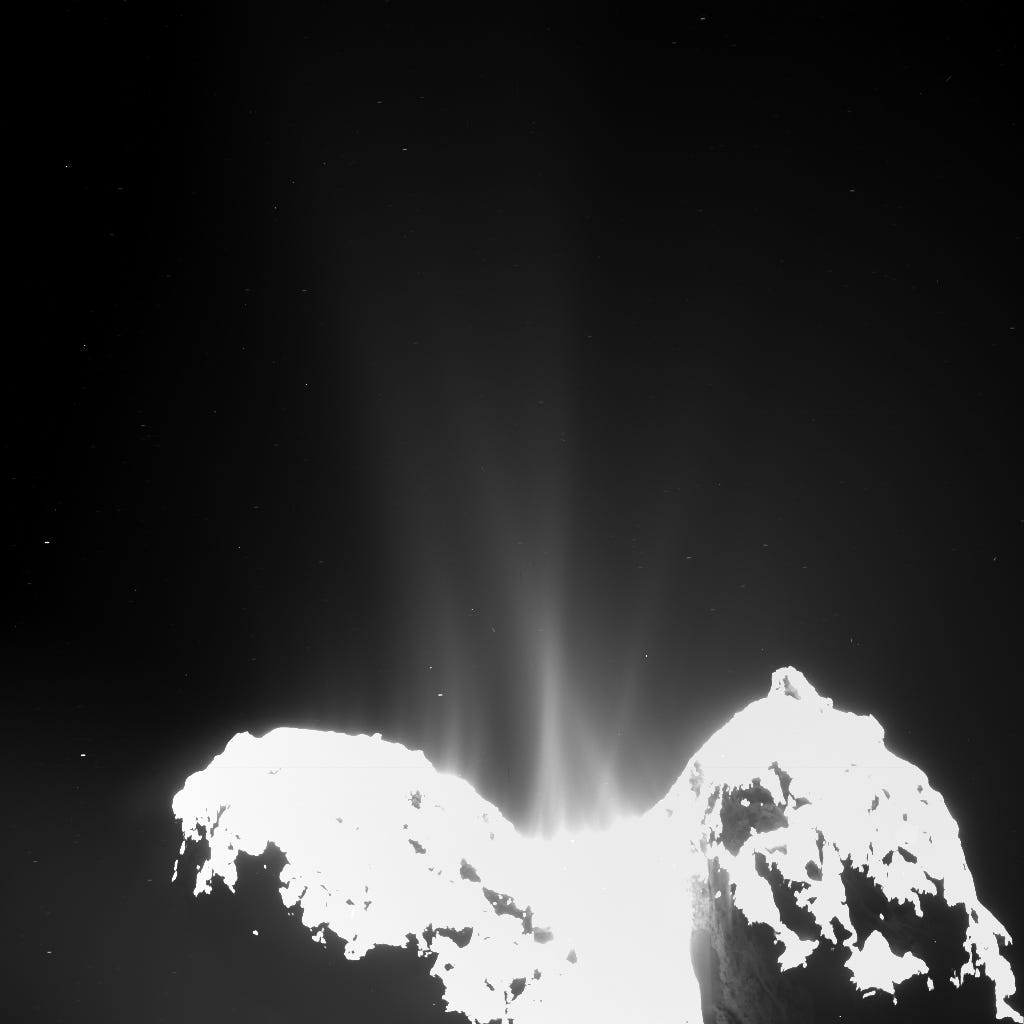
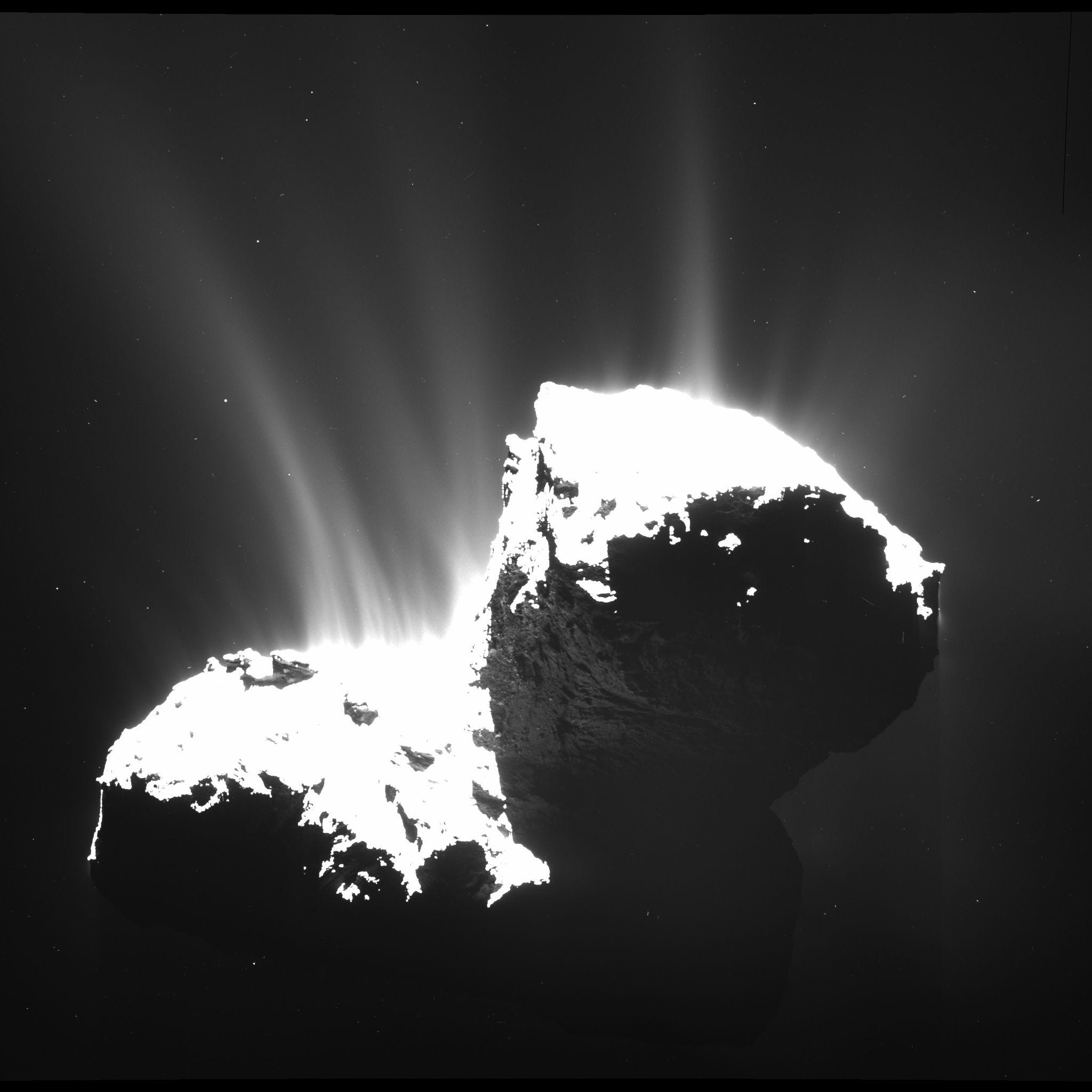
Leave your comments at the Starts With A Bang forum over on Scienceblogs!
